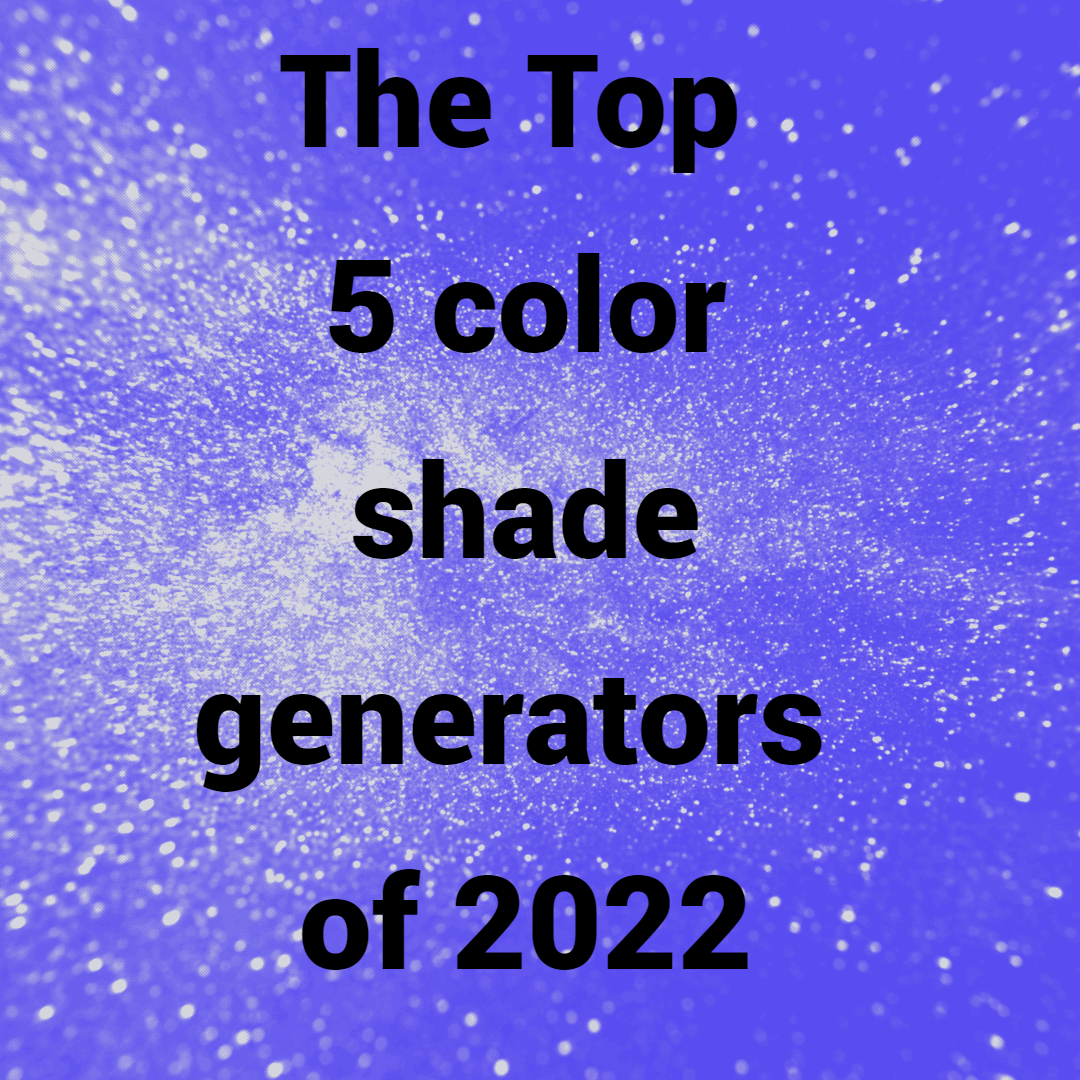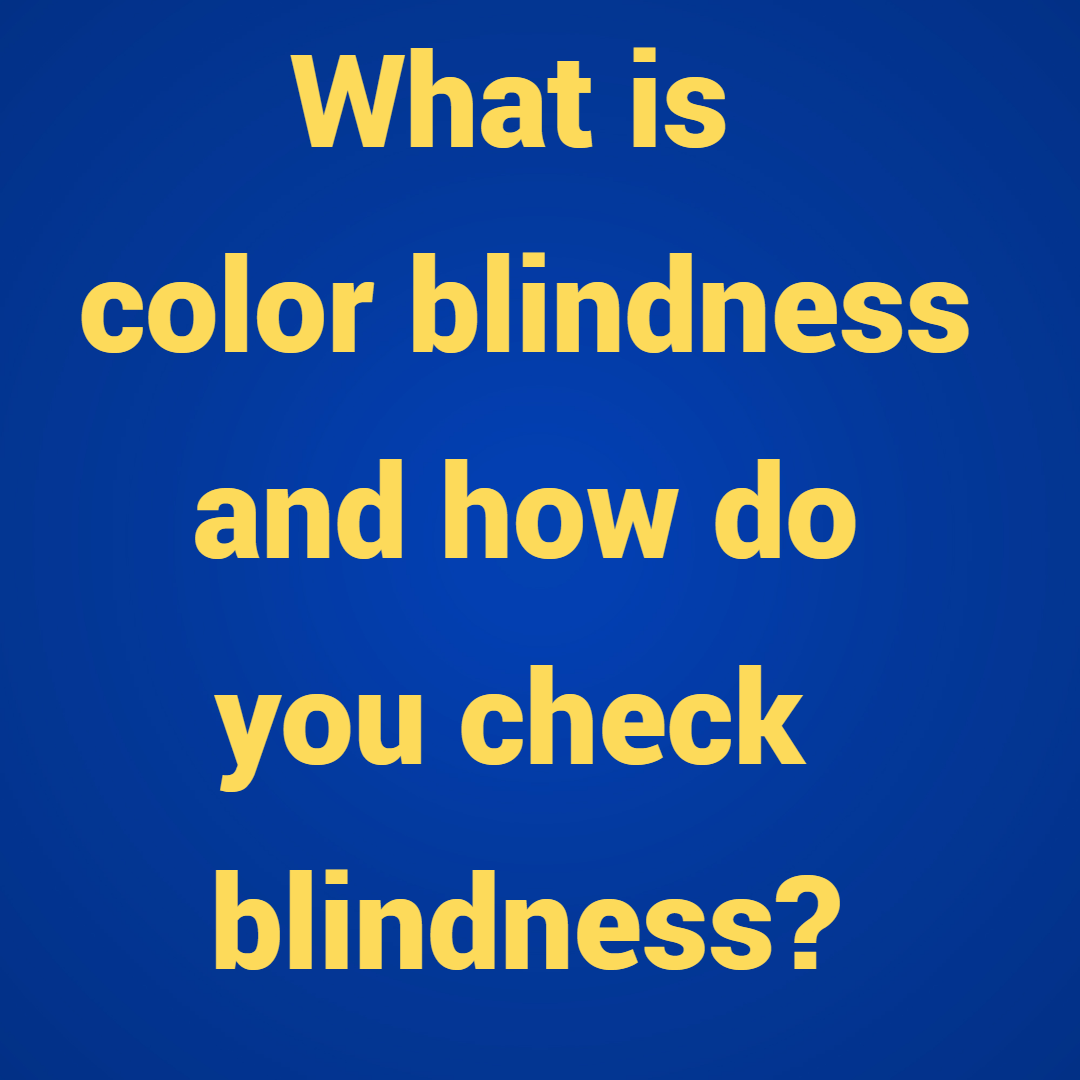The process of mixing colors can be very perplexing for new painters. Both color theory and the various painting mediums are significant. Here, you can learn more about the subject and see the most crucial advice on how to mix colors.
What Are the Primary Colors
The three color shades known as primary colors” must be purchased ready to use because they cannot be mixed. Practically any desired color can be created by mixing these three colors with white. The three fundamental hues are:
- Purple and Red
- Yellow, for example, cadmium yellow
- Blue, such as ultramarine blue
The proportions in which you combine the primary colors and the addition of white to adjust the brightness are crucial when mixing. To mix colors and get a feel for the key shades, start out by using inexpensive colors.
Mixing of Secondary Colors
By combining two of the three primary colors, secondary colors can be created.
- Red and blue: Purple
- Red and yellow combine to form orange.
- Blue, yellow, and green
Black results from combining all three primary colors.
The choice of primary colors is obviously crucial when blending colors. There are numerous shades of red, yellow, and blue that, when combined, produce a variety of secondary colors. To be as versatile as possible when mixing colors, you should purchase various shades of each primary color if you want to create your own hues.
Mixing of Tertiary Colors
The tertiary colors are made by combining two nearby primary and secondary colors from the color wheel. Due to their lack of brightness and clarity compared to primary and secondary colors, these hues are also known as fractional colors.
The tertiary colors are crucial for creating realistic-looking pictures because these color tones are primarily found in nature. Tertiary color illustrations:
- Blue-Purple
- Yellow-Green
- Green-Blue
- Orange-Yellow
- Red-Orange
- Purple-Red
You can see the color combinations using the Cox color wheel. There, it is simple to see which colors need to be combined to produce the desired color.
The Complementary Colors
Every color in the color wheel has a complementary color, as you will discover if you dig deeper into the field of color theory. The complementary color is the primary color that wasn’t used in the production for each of the three secondary colors.
Understanding complementary colors can assist you in selecting an appropriate color to affect contrasts and direct the viewer’s perception.
The following complementary colors are produced in relation to the secondary colors:
- Red is green’s complementary color.
- Orange’s contrasting color is blue.
- Yellow is violet’s complementary color.
Mix the Paint: The Best Tips
The color mixer has been programmed to mix the colors you specify so you can see the outcome instantly, share the color combination, or save the color as an image.
Users are not permitted to combine primary colors
It is impossible to combine other colors to produce the three primary colors, also known as the fundamental colors. Red, blue, and yellow make up these primary colors.
Secondary colors are produced by blending primary colors
A so-called secondary color is created by mixing two primary colors together. Red and blue together produce violet, yellow and red produce orange, and blue and yellow produce green. Black is the result of combining all the primary colors.
Which primary color shades ought to be blended?
Depending on the secondary color and shade you want to produce, this will happen. A different shade of orange than that produced by titanium yellow can be obtained by combining a deep cadmium yellow and a red ochre. Any two primary color combinations will result in a different secondary color pair.
The Primary Color Mixing Ratio
The primary colors red and orange are combined to create orange. The amount of these two colors you mix together will determine what shade of orange you will end up with. For instance, you will obtain a reddish-orange if you use more red than yellow. A yellowish-orange color results from adding more yellow than red. So, we suggest experimenting with the shades you already own. In order to mix the colors, again and again, try out various pairings and mixing ratios, and record your findings in writing.
Are there available for purchase various hues of red, blue, and yellow?
Primary colors come in a wide range of shades from which to choose. Here are a few instances:
- Blue hues include cobalt, Caribbean, Celesan, and Prussian blue.
- Learn more about the colors that make red, including Venetian red, carmine, scarlet, and cadmium red.
- Yellow hues include Naples, cadmium, lemon, and yellow ochre.
Bright Colors Due to Individual Color Pigments
You should make sure that the colors you use contain only one color pigment and not several in order to have the brightest possible colors. Usually, the color itself or the manufacturer’s website will have information about this.
Preserving Tertiary Colors
A tertiary color is created by combining a primary and a secondary color (for instance, red and green), or two secondary colors (for instance, orange and green). You typically end up with muddy colors like brown, gray, and black when mixing colors, especially secondary colors. A primary color and a secondary color are combined to produce tertiary colors like blue-lilac, yellow-green, green-blue, orange-yellow, red-orange, and violet-red.
The Mixing Ratios of Light and Dark Colors
Only a small amount of dark color is required to darken a light color. The opposite is true for colors you want to lighten. For instance, a lot of white is required to lighten a dark brown.
Dark colors like brown or black should be used with extreme caution because the outcome can only be fixed with a much lighter color.
The Perfect Blend of Covering and Opaque Colors
In order to make an opaque paint opaque, you only need a small amount of opaque paint, which is very similar to mixing light and dark shades. A small amount of opaque color is all that is required to turn a color opaque; however, a large amount of opaque or transparent color is required to turn a color opaque into translucent.
Color combination of black and white
By combining the primary colors yellow, blue, and red, you can create black. However, since you will use white and black frequently, we suggest that you purchase those two colors.
What do complementary colors look like?
The colors that are opposite one another on the color wheel are said to be complementary; that is, they stand in for the opposite color. The use of complementary colors in an image can irritate the viewer’s eyes. However, you can also produce fascinating effects if you use these colors deliberately.
Avoid completely blending colors.
It’s important to avoid over-mixing the used colors in order to achieve a natural-looking color. Small color variations within the mixed color are produced as a result, which gives the impression of much greater harmony, especially in natural images.
Combining Warm and Cool Shades of Color
Different hues have different perceptions of warmth and coolness. Red and yellow are warm hues, while blue is a cool hue. These qualities can also be combined, for example, to produce a warm sky blue. Two warm colors combined will produce a warm color as the end result. On the other hand, blending a warm and a cold color tone produces a tone that is fairly neutral.
Combining Pure Green
We suggest combining lemon yellow and phthalo blue to produce a crisp, lovely green. Additionally, you can look at our comprehensive guide to mixing green.
Which color shades work well when combining pure colors?
A good base can be created using the colors below:
- Red cadmium
- Phthaloblue
- Ultramarine blue
- Phatogreen
- Lemon yellow
- Cadmium yellow
Brown and Gray Mixed
The three primary colors are combined in various ratios to create the secondary colors gray and brown.
The colors that make brown
If you want to create a nice, earthy brown tone, you should try the combination of red and green.
- Light brown: Until you achieve the desired shade, gradually add white color to your brown mixture. Red or yellow can be added to create a warmer shade and keep the color from turning too beige or delicate. You can mix in a little blue color if you want a cooler shade.
- Try incorporating various red and/or yellow colors gradually into warm brown. The mixture can be made a little bit cooler by adding blue if it is too warm for you. For painting bricks, wood, or trees in sunlight, warm brown tones work well.
- Cool brown: To create a cool shade of brown, mix in some blue pigment with your base color. Add some red or yellow to the mixture if it starts to turn too blue to achieve a neutral brown once more. Trees in a wintery environment and dark hair or fur can be painted using cool browns.
- Darker brown: A dark blue can be added to a dark brown to create a robust shade. Black and brown should never be mixed together because the result will be a muddy shade. Twilight scenes and brunette hair look fantastic in darker browns.
How to Make Gray
A lot of blues and a little bit of orange are combined to create a lovely gray color, which is then brightened by the addition of white.
You can combine a lot of white paint with a tiny bit of red and green for a delicate gray shade. You should try combining violet and yellow to create a warm shade of gray.
Colors That Make Purple
Violet is created by combining blue and red because it is the opposite of yellow.
The mixing ratio must not be 1:1 because purple is violet with high blue content. Therefore, purple results if you add a little bit more blue than red. You can change your purple tone on an individual basis by adding bluer.
Colors That Make Orange
- Reddish Orange: Combine one part yellow and two parts red to create this hue. You can also combine one part red and one part orange color to achieve a mid-tone of red and orange.
- Yellowish orange: Combine two parts of yellow paint and one part of red paint. Alternately, you can combine equal parts yellow and orange to create a shade that is halfway between the two.
Colors That Make Green
The single dark green hue must be blended with several colors. In most cases, there is only one shade of green in the paint box. You can easily make the green even darker by mixing it with some black paint if you find that it is too light for you.
You should exercise caution when adding too much black color too quickly to avoid the green turning too dark. By doing so, you can guarantee that the color will be dark enough without becoming unpleasantly so.
What Colors Make Pink
You can combine one part blue (like Phthalo Blue), two parts red, and roughly one part violet to create a vibrant hot pink tone. After thoroughly blending, you can add a tiny bit of white to your mixture to make it a little bit lighter to your taste.
Tint Down
You can soften a color with a complementary color or a touch of brown if you find one to be too intense. For instance, a little umbra can be used to soften too-strong gray tones. For this, you shouldn’t use black because it makes the color appear somewhat flat and unappealing.
Clean Tertiary Colors
You should adhere to the following fundamental principle to produce clean tertiary colors: The result is muddier the more different colors you combine. There is frequently only one solution if your colors appear muddy: re-mix the colors.
Test the Colors Before Painting
Because the colors on paper have a different effects, it is advised to test the mixed colors on a piece of paper or canvas before you actually begin painting.
Increase Intensity by Placing Specific Colors Closely Together
Paint lighter hues next to neutral hues to make them stand out more. When painted alongside a gray tone, red appears more intense. It acts in exactly the opposite of how it would with dark colors. A dark green, for instance, will appear more intense when it is surrounded by a light hue, such as lemon yellow.
Adding Color to Acrylics
Unwanted chemical reactions may take place when acrylic paints from various manufacturers and with various compositions are mixed. As a result, you should only combine acrylic paints from the same brand. Self-produced and mixed colors should always have the same composition.
Any time is a good time to mix acrylic colors to produce different color shades. Special color cards and color mixing tables are available for this purpose from specialists (such as paint and varnish dealers, craft supply stores, and paint manufacturers). So you can mix the acrylic colors either exactly according to the table or simply by feeling.






